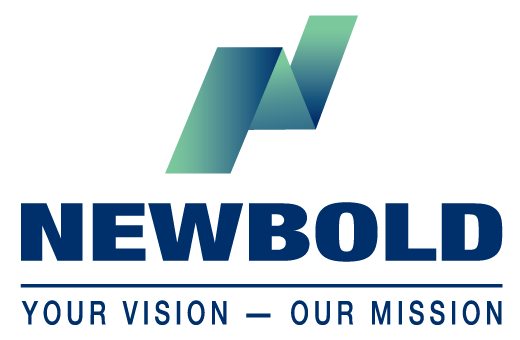All Aboard for Process Documentation!
Starting a new position within your firm or changing employers for a new opportunity are professional moves that typically present us with pride (“I did it!”), hope (“This is going to be a great move for me.”), and maybe even a bit of anxiety (“I’m nervous about this change!”). When all of that emotion and anticipation is met with a weak onboarding process, less-than-ideal training and a lack of introduction to company culture, making such a move can be clunky at best and disastrous at worst. In fact, some studies show 17% of new hires leave within the first three months, and 20% of all staff turnover happens within the first 45 days of employment – mostly due to ineffective onboarding.
The “new normal” of working from home adds another layer of complexity for companies trying to bring talent into the fold and for individuals trying to successfully bust through the first 30-, 60- and 90-day benchmarks. Physical separation obviously makes ingratiating new hires more difficult for many industries. But the uncertainty of when remote working will end, or even whether it may be permanent for some roles, can cause new employees a significant level of uneasiness.
Training and Retaining Start Here
“There is one best practice that can make all the difference for a strong, confident workforce with very little attrition in the first 45 days,” says Arleen Scavone, principal with consulting firm Newbold Advisors. That best practice? Process documentation. “I cannot overstate the importance of formally documenting your processes and procedures,” Scavone asserts.
“It may sound simplistic,” she says. “But you would be surprised at how little documentation takes place in organizations both large and small.” By documenting the processes and procedures for properly onboarding a new employee, you give your teams to the tools and resources to get that new hire off to a great start in getting more effectively integrated into your organization so they can become a productive resource as soon as possible.
For Scavone, process documentation is not just about getting new employees off to a great start. “It’s also key to driving consistency and quality across departments,” she says.
Driving Organizational Consistency and Quality
Having a playbook – one that documents both process and procedure – is foundational to every iconic brand you interact with (Think Coca-Cola, Apple, Amazon). Ok, so you’re not Coke; process documentation is still key and can be pivotal in times of rapid growth. Obviously, as the team expands and new associates are onboarded, you’ll be armed with a training roadmap. But you are also able to remain nimble in the face of rapid change. Your teams all know what is supposed to be happening and how it’s happening. If chinks start to show in the armor – maybe you are falling behind in production or missing deadlines for clients – you can revisit your process documents and more easily pinpoint issues before they become crises.
Analyze and Improve Efficiency
Efficient utilization of resources is a significant focus for many organizations. But where organizations struggle in trying to understand how efficient their business runs is when they do not have any or all their processes and procedures documented.
“We often hear that companies are too busy to spend the time to properly document their process and procedures,” Scavone explains. “So they live with outdated or inaccurate documents.”
The result of poorly documented organizational processes includes:
- Inefficiencies, which increase costs, decrease productivity and add risk to the organization.
- Operational ambiguity, leading to confusion regarding which department is handling which task or when they are supposed to handling it.
- Unnecessary turnover, which negatively impacts your reputation in the marketplace and makes it more difficult to attract top-level talent.
Map out a plan today to document procedures across your organization, and work with specialists who can save you time, money and exposure to risk. Newbold has years of experience and proven techniques in helping companies document their processes and procedures.
